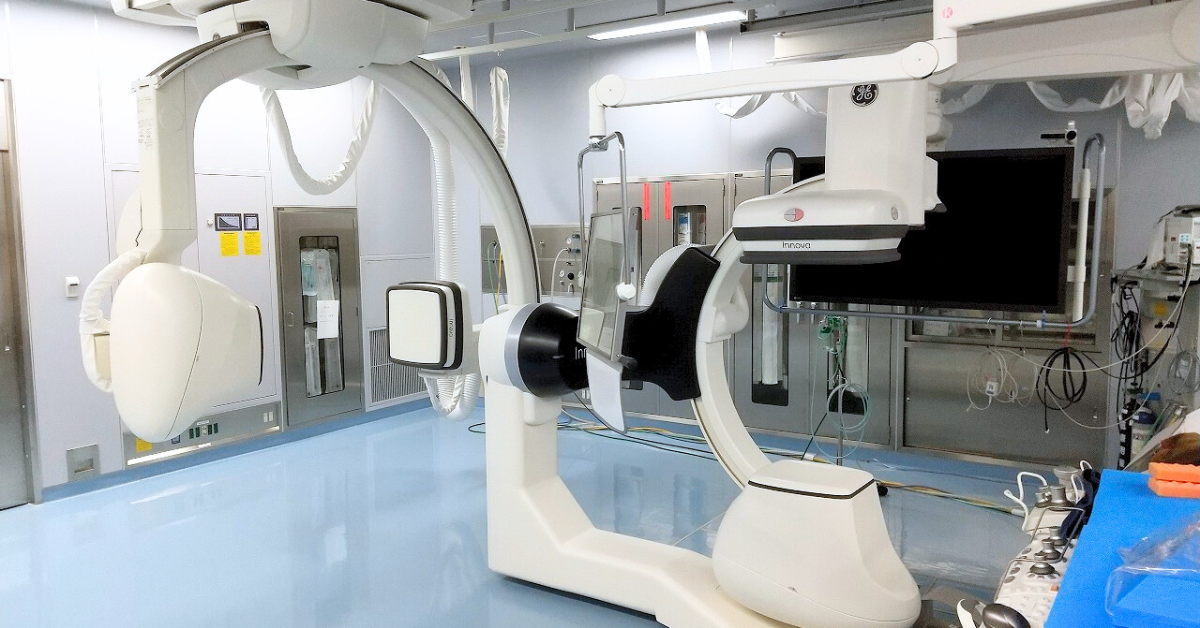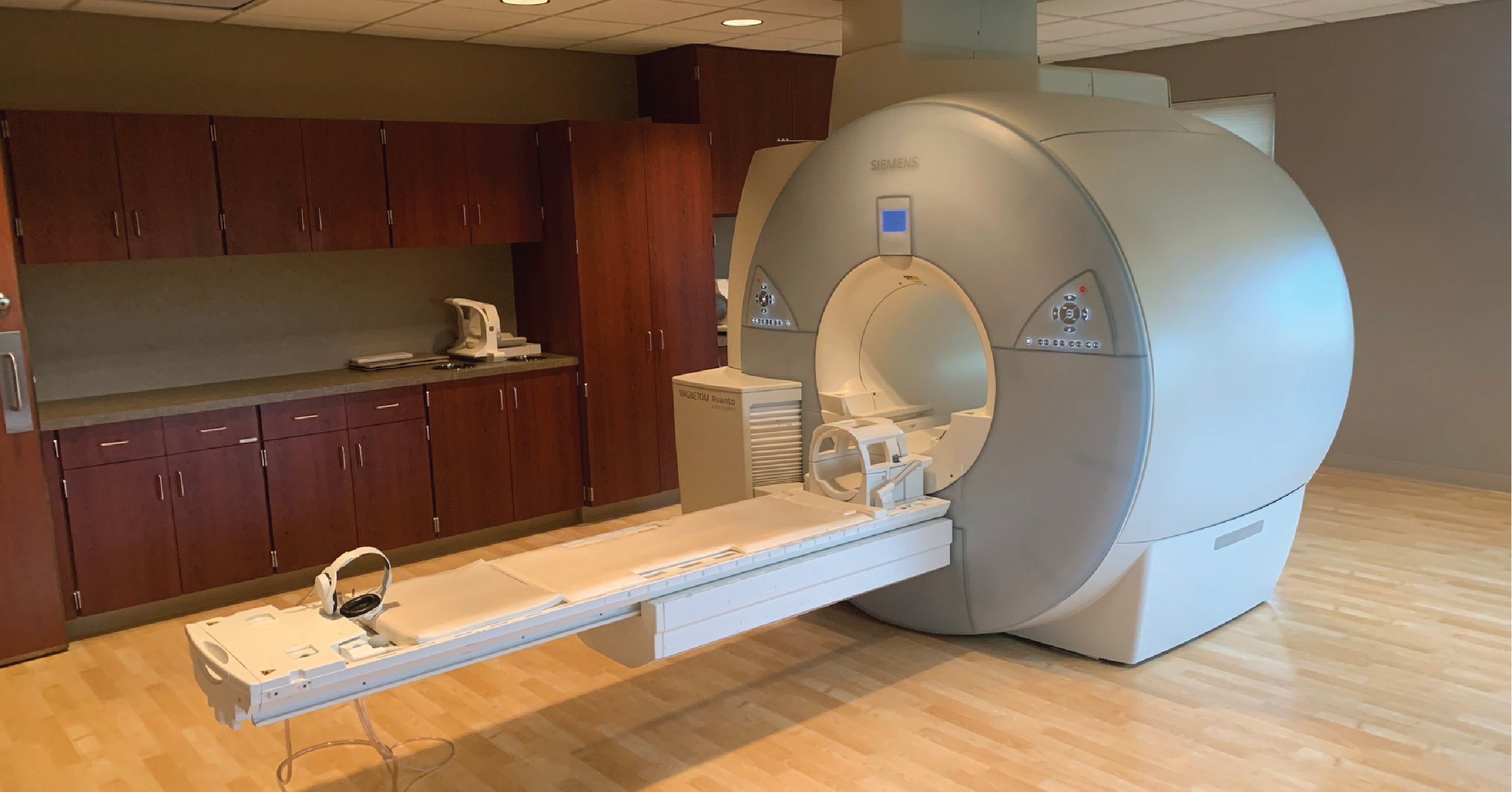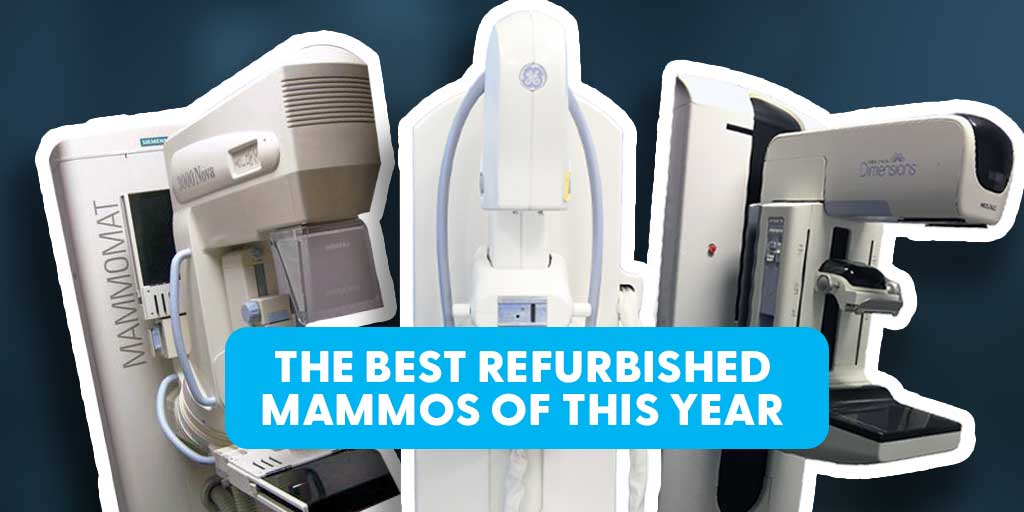
Updated: April 23, 2025 : 3 min read
Cath Lab Overview – GE Innova IGS 620 and 630 Biplane
The GE Innova IGS 620 is often used for cardiovascular and electrophysiology procedures. Its partner in the series, the Innova IGS 630 is often used for pediatric, body imaging, or neurological studies. Customers are attracted to the key biplane features, easy patient access, and customizable dose-reduction features in both systems which make it possible to acquire fast and efficient 3D images.
These systems also have the best of what the Innova IGS 520, 530, and 540 have to offer in addition to the abilities to be used for clinical specialties.
For a more detailed analysis of the features of the GE Innova IGS 620 and 630, read on!
Note: Block Imaging provides new and refurbished cath lab machines and parts in order to solve all the pain points listed above. You can read about it in detail below or reach out to our sales team to learn more about how it can help improve diagnostic imaging.
- How are the GE Innova IGS 620 and 630 similar to the GE Innova IGS 520 and 530?
- What makes the 620 and 630 biplane units different?
- Unique aspects about the series
- Interested in the GE Innova IGS 620 or 630?
How are the GE Innova IGS 620 and 630 similar to the GE Innova IGS 520 and 530?
We’ve already covered the GE Innova IGS 520 and Innova IGS 530 systems and the good news is that this series of cath labs is fairly similar to these units:
- GE Innova IGS 620 has twin 21cm x 21cm detectors for cardiac and EP, the same size as the previous GE Innova 2121 biplane system, as well as the GE Innova IGS 520
- GE Innova IGS 630 has twin 31cm x 31cm detectors for mixed use, the same size as the previous GE Innova 3131 biplane system, as well as the GE Innova IGS 540
The Innova IGS 620 and Innova IGS 630 systems have a lot in common with the Innova IGS 520, 530, and 540 single plane systems:
- These systems use the same model tube and detector as the 520 and 530.
- The same Omega IV and Omega V tables are offered with the 620 and 630 systems.
- The large format monitor is offered with the 620 and 630.
- The same tube chiller and detector conditioner is used.
What makes the 620 and 630 biplane units different?
Biplanes have both the standard floor-mounted gantry (referred to as the frontal gantry) as well as a ceiling-mounted gantry (referred to as the lateral gantry). With this additional gantry comes an additional tube, detector, collimator, tube chiller, and detector conditioner. In addition, there is an additional cabinet in the equipment room with an additional RTAC computer, among other hardware.
As with anything that relies on computing power to operate, the computers in the Innova IGS 620 and 630 labs have been updated. The newer 620 and 630 units use the DL9/RTAC7 computer configuration, including the additional RTAC7 in the extra cabinet in the control room.
With the 620 and 630 biplane units you’ll also find that 3D imaging is standard, as is an AW Workstation for reconstructing the raw 3D images that the system acquires.
Lastly, the 620 and 630 units will require a larger space to accommodate the additional gantry. Depending on the room configuration, it could require an additional 7’-8’ of room length.
Unique aspects about the series
One thing you might notice is that there are three models in the 520, 530, and 540 systems, but GE only makes two biplane systems: the 620 and the 630. The 620 has two of the smaller cardiac detectors, and the 630 has two of the mid-sized detectors. GE does not make a biplane lab with large 41cm x 41cm detectors.
As a result, this is a departure from how Siemens and Philips handle their biplane options. Both of those manufacturers offer systems with twin 8”x8” detectors, twin 12”x16” detectors, or one of each size.
Another aspect of these systems is that the 620 and 630 units have the new black color scheme like the 520, 530, and 540 systems.
Interested in the GE Innova IGS 620 or 630?
Do these systems sound like something your facility would be interested in, or do you have additional questions about the other systems mentioned: the Innova IGS 520, 530, and 540? Our team is here to help you ascertain which system is best for you. If you’d prefer to do more research, don’t hesitate to download our Cath Lab Buyer’s Guide.

Kenn Dextrom
Kenn Dextrom is the Director of Product Manager at Block Imaging. He aims to provide clear direction and careful planning for Interventional Cath Lab buyers and working with the Block Imaging product team to provide excellent solutions for our customers. Out of the office, he spends most of his time keeping up with his wife and their three energetic sons.






